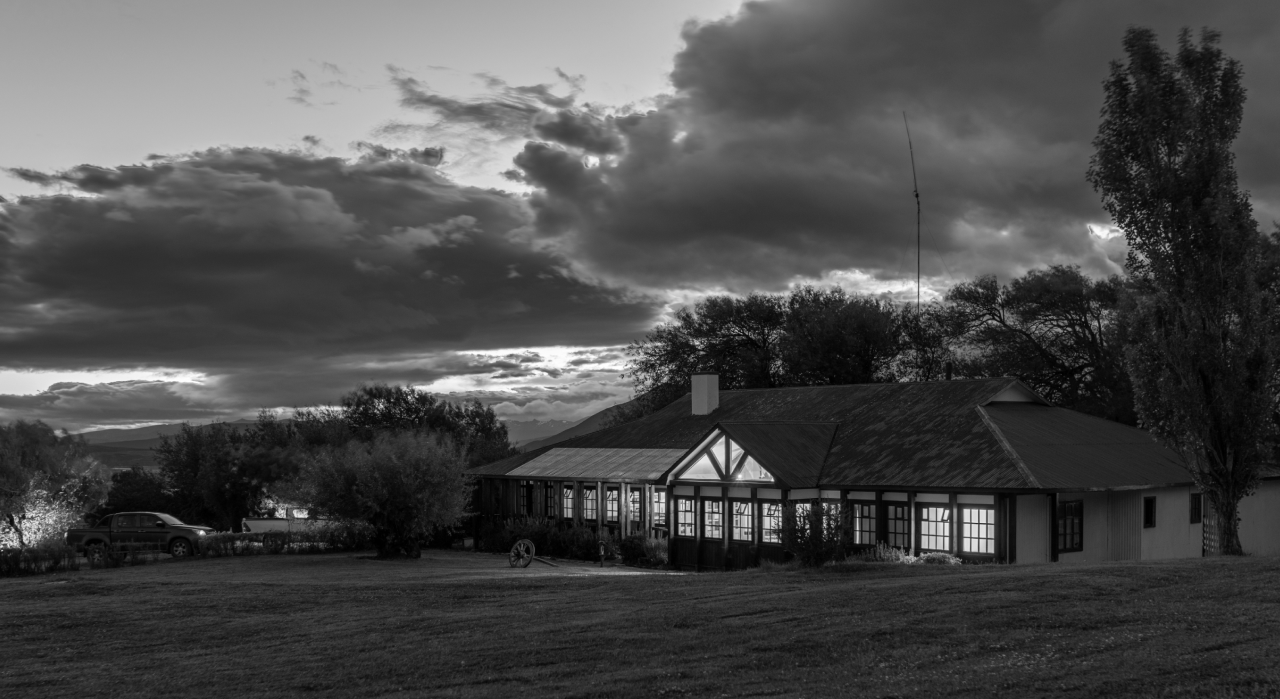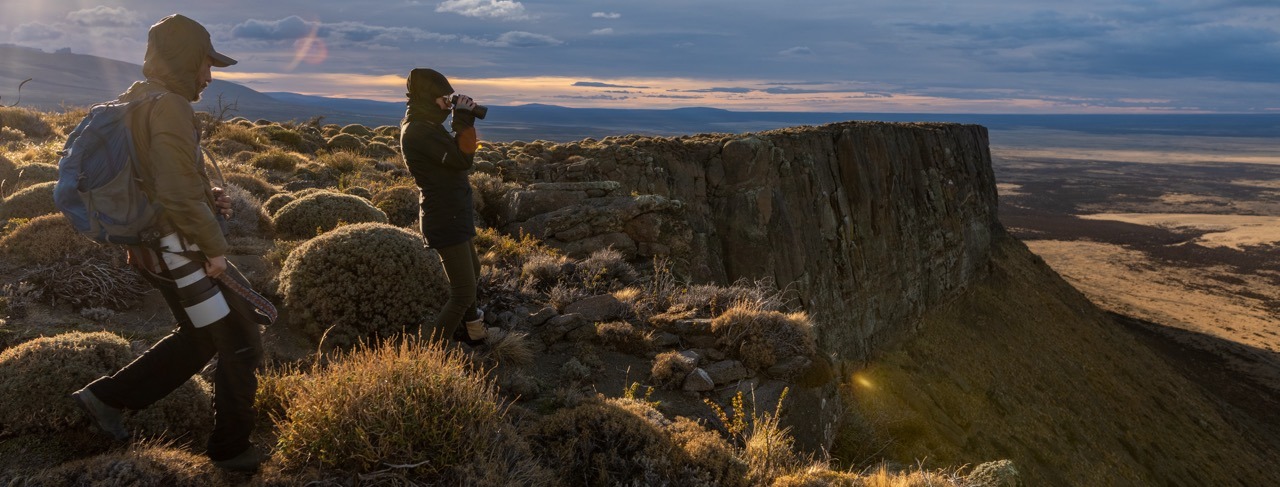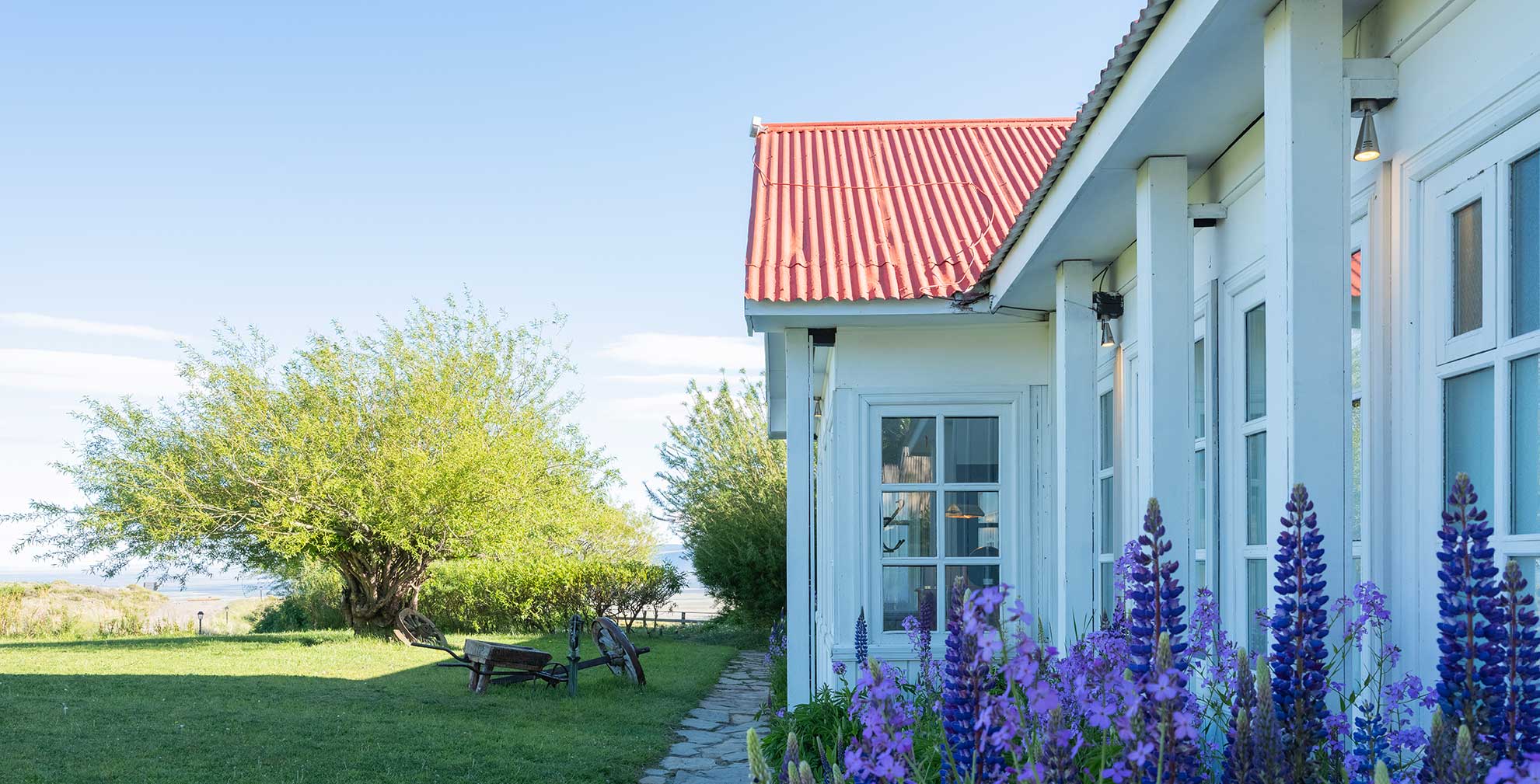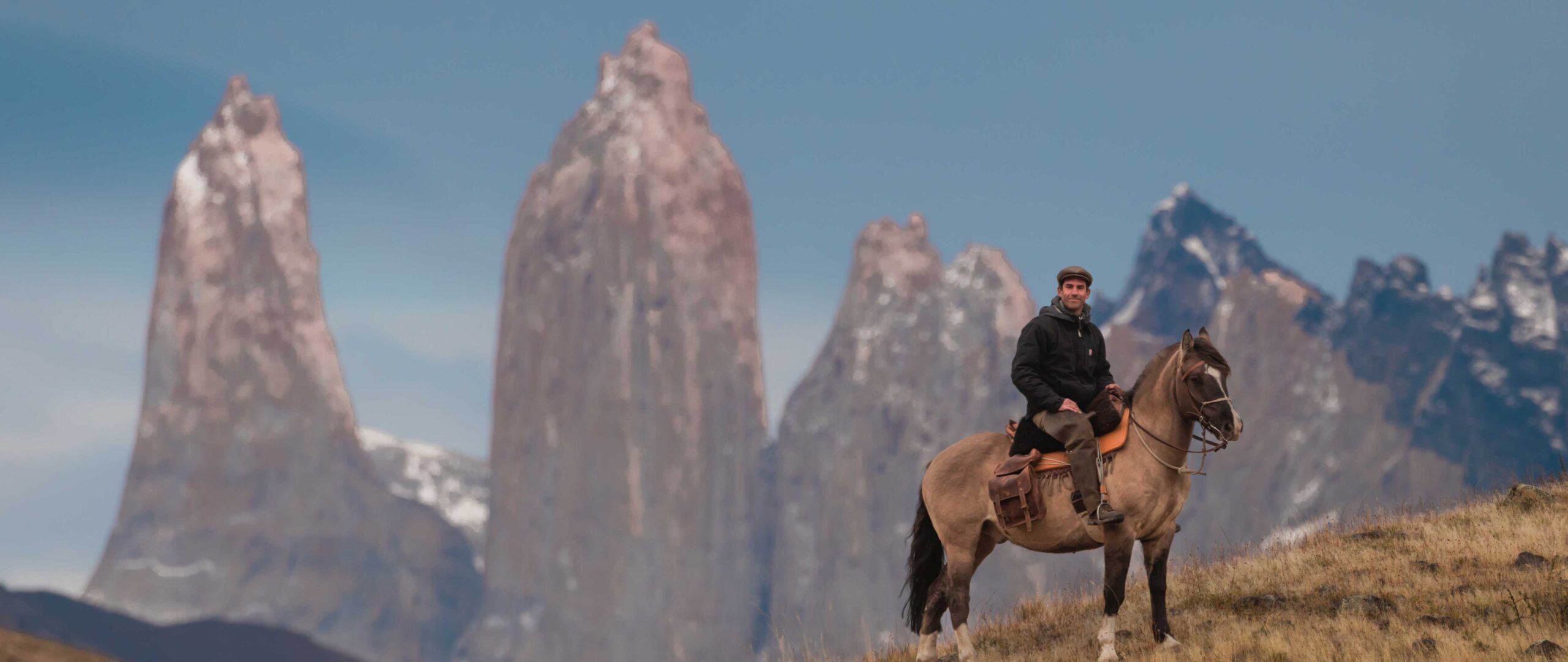16 February 2024

From hunter to conservationist: Mirko Utrovicich
Mirko Utrovicich is one of the professional trackers working for the Cerro Guido Conservation Foundation and before that, he was a hunter. Today, he declares himself a conservationist.
Mirko Utrovicich is not just any tracker. Once you get to know him, you realize that you will have more than one deep conversation with him. A hunter from an early age, today he is dedicated to conservation work.
Many will wonder how a hunter, almost by profession, ended up being a tracker dedicated to the care and maintenance of a specie that for most of his life he pursued: the Puma.
Hunter to Tracker
It’s hard to imagine the transition. When you grow up you develop skills and abilities regarding what you like or what your family is dedicated to. It happens with the baqueanos, chefs, journalists and in this case hunters.
This is what happened with Mirko. He grew up and, together with his brother, began to devote himself to hunting. “We used to go to Tierra del Fuego, on the Argentine side. Hunting there is open, so we had no problems (…) we hunted guanacos, wild boars, whatever. In the end we were paid per head.”
The hunting law in Argentina differs a lot from the Chilean one. In terms of regulation, in our country there is a much stricter control, while in Argentina, in spite of being regulated, it leaves certain margins that seem to give more licenses to those who practice this activity.
However, in Mirko’s own words, times are changing. “We, together with society, are also evolving. It is not possible that so many years have passed and the only solution to the problem of cattle ranching is to kill the puma”.
Thus, before the Cerro Guido Conservation Foundation, Pía Vergara initiated the Puma Project and called Mirko to be part of it.
The two had met on one of Pía’s many study trips in the past. Initially, this project started as a study of the puma, ecology and ethology for the coexistence between wildlife and livestock, with tourism being a powerful tool to sustain it. However, in January 2022 it became the Cerro Guido Conservation Foundation as we know it today.

A day with Mirko Utrovicich
I am on my way to Entre Lagos, where the trackers of the Cerro Guido Conservation Foundation stay and which functions as a base of operations for their daily work.
As soon as I arrive, I realize that there are not many houses. It is not an Estancia and even less a hotel, it is a community that is dedicated to conservation work.
I enter Mirko’s house and the first thing I see are the photographs of the different pumas that inhabit the grounds of Estancia Cerro Guido. All identified and tracked. They do not miss a detail.
In the other corner of the house there are more photographs, this time of the Great Pyrenees and Maremma dogs, livestock protection breeds, who live with the sheep and are part of the herd, as if they were one of them.
Mirko invites me to drink Mate. At this point I am quite used to the bitter taste, so that not a day goes by that I don’t drink it. It works as a good coffee to start different conversations.
He tells me that today we will go to see the protection dogs as every day, then we will go through the fields looking for carcasses (victims of the puma) and check camera traps installed to record any movement of native fauna in the area. We get into the truck, together with Naipe and Aika, shepherd dogs, essential companions for the care and transport of the sheep.
We visited the fields, which we toured in a Land Cruiser, the same kind of Land Cruiser that the hotel uses for the Conservation Safari excursions. We are in the lambing season and managed to see many newborn lambs, some just minutes before we saw them.
Fortunately, we did not see any deaths from puma attacks that day. This means that the Foundation’s efforts are paying off, especially the implementation of the protection dogs.
Protection Dogs: Great Pyrenees and Maremma
One of the strategies that the Cerro Guido Conservation Foundation implements for the protection of livestock is the breeding and use of protection dogs of the Great Pyrenees and Maremma breeds.
In a shed near the trackers’ house, there is the fifth litter of these large, white and woolly dogs. Here they are bred and imprinted alongside the sheep.
Mirko invites me to see the dogs, as he had mentioned. But not before warning me not to get attached to them, because there are studies that state that when a person other than the caregiver develops a bond with the dogs, it would affect the imprinting process.
So only Mirko, his handler, is the only one who can generate a kind of relationship with the dogs dedicated to the protection of livestock. It’s hard to resist getting attached to these dogs.
In that shed, together with the breeding, the imprinting process is carried out, which is defined as the socialization in which the puppy gets used to live with the flock of sheep it has to protect.
With this method, the critical moments of socialization in a puppy’s life are used to generate a total attachment, an insoluble bond. In this way, the dogs consider the sheep as if they were their mothers and sisters.
Condoreras
After wandering around the fields, our path takes us to Las Condoreras, an area of approximately 2,000 hectares dedicated exclusively to conservation work. This place has been monitored since the beginning of the project in 2019 and the pumas that inhabit it have already been identified.
Las Condoreras is so named because it is a high rock formation where condors, an iconic bird of the area and the country, usually nest. Many species coexist here, from the smallest and most inoffensive to the largest.
We started to climb into the vehicle to a certain point to start walking and check the camera traps, hoping to see some record of movement or traffic of any animal.
Mirko, with all his experience, starts walking towards the edge of the cliff of Las Condoreras. I must admit that I didn’t know how the tracker had such a strong gut to lean out towards the bottom of the cliff, in my case, I leaned out just enough to get my stomach knotted up before moving backwards.
After about an hour of searching we gave up and headed back to the truck. Suddenly, Mirko, using his binoculars, saw something. It was a puma, probably looking for a place to lie down. The tracker’s sighting eye is an amazing thing.
Puma sightings are usually more than 100 meters away. What to a normal eye may be a simple clear spot in the distance, to those who do this, is a possible puma on the move.
“Let’s go find the kitty,” Mirko exclaimed as we climbed back into the truck following the predator. There is a lot of chance in this. When we get a sighting of a puma and start following it, there is a good chance that the animal will change its course.
However, we were lucky. We managed to spot it when we got out of the vehicle and started to approach it again, slowly, respecting its space. However, always keeping ourselves visible, so that he knows we are there.
We managed to get to a safe distance from the puma, which was not yet identified. We sat down where we left off and stood there, observing the majesty of this animal. It is a large and brown feline, very similar to a cat, but 10 times its size.
There we stayed. Photographing with what we had, two cameras plus cell phones complemented with binoculars. Our intention is to monitor it, observe it, understand how it moves, interacts and record its behavior. ” 13:30, sighting east side of condorera, puma NI”, Mirko leaves a record to later complement the day’s report.
We were there for about 1 hour until the Puma gets up and leaves. We didn’t want to follow him because we would be invading his space. We have to understand that we are in his house, we have to respect that.
The Change
As anyone can think of, my question was why a person like Mirko, who devoted his whole life to hunting, is now working as a tracker in conservation work.
“I’m like the one who puts them together,” comments Utrovicich talking about livestock companies and conservationists. “I’ve been involved all my life and you never know the twists and turns. Now I’m a 100 percent conservationist.”
The skills a hunter uses in his day-to-day life are required for the job of tracker. “Without me knowing what the puma looks like, how the puma acts, how it moves, I couldn’t have this job.” he comments. “You have to learn to be one more.”
“There needs to be a change and the Foundation has done some very good things for the puma,” he adds. “Future generations have to learn that killing animals is no longer the way to preserve our work.”
Today, Mirko works alongside the animals he chased so long. He knows how they move and seeks them out to give them shelter, to protect them from the hunters to whom he once belonged.
Mirko represents what the Cerro Guido Conservation Foundation is trying to transmit. It is possible to find a way out of the conflict. With patience, technique and the will to achieve change, it will not be necessary to hunt a species that has no guilt in wanting to survive. We are in their home, we are the visitor.



